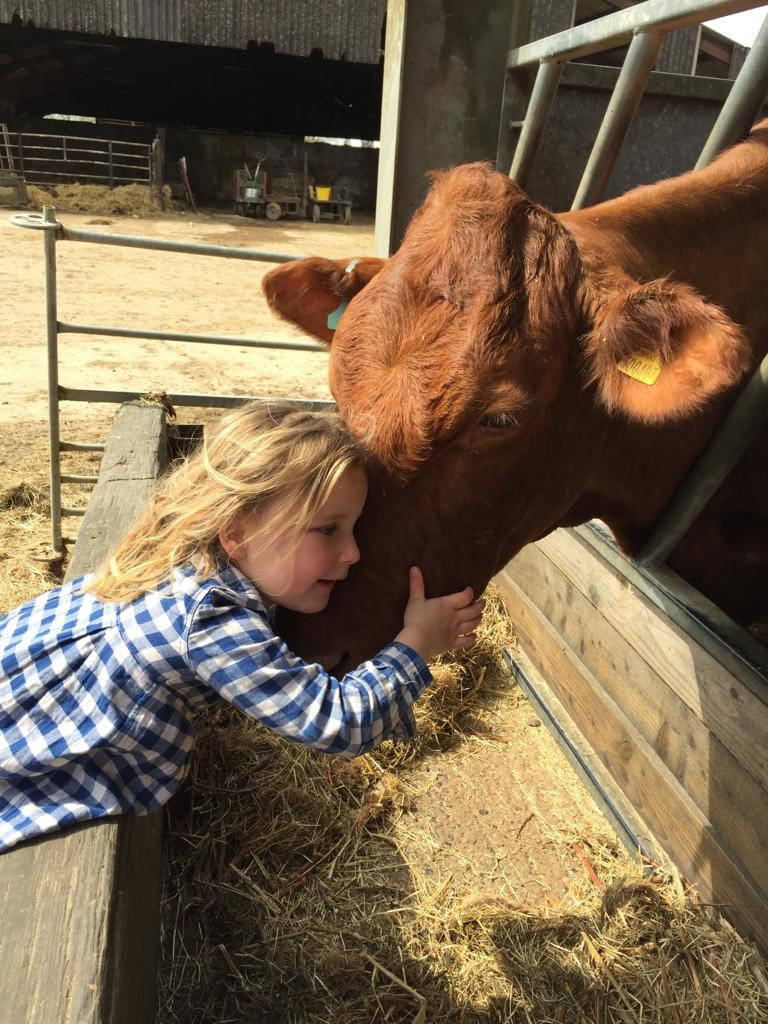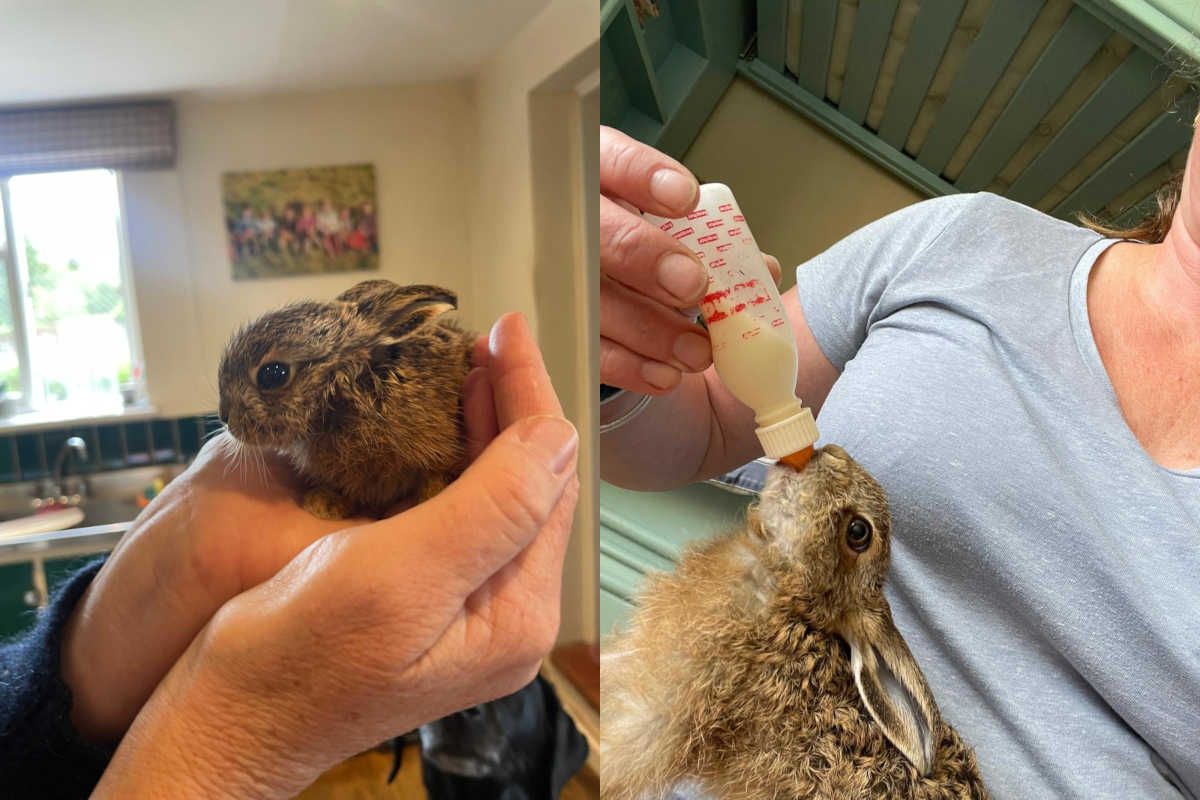
Livestock Farming
“A farm without livestock has no soul” James, my eldest
This is going to become a new enterprise on the farm. We have not had livestock of any significance on our farm since the early 1990s. This means that there has been very little organic fertilisers going back into the soil. We have had a bit of compost, digestate, chicken muck and sewage cake but no good old fashioned Farm Yard Manure (FYM).
FYM is an excellent fertiliser containing nitrogen, phosphorus, potassium and other nutrients. It also adds organic matter to the soil which may improve soil structure, aeration, soil moisture-holding capacity, and water infiltration.
I try very hard to make sure that I only consider farming as a business and all decisions should be made to make business sense. However, I truly believe as a farmer you should not consider yourself to be the owner of the land but more like the steward of it. It is my duty to look after the farm and pass it on to the next generation in (hopefully) better condition than I received it.

“A farm without livestock has no soul” James, my eldest, and possibly the next generation, at sixteen has gone to Ag college but one of his stated passions is livestock and the timing is right to try and re-introduce livestock back into our farming system. My wife, Millie has lots of livestock but they include, ponies, goats, chickens, turkeys, pigs, lambs, emus and alpacas, none of which are on a farm scale but are either for private enjoyment or consumption. She has even rescued and reared day old fawn we called Beau, and tiny leverets which have reached full maturity before being released

To start with, the plan will be to house the cattle inside the barn 365 days a year. As it becomes more successful, we will want to summer them out in the fields. I will have to take my first cut of silage to evaluate how much food I have, and therefore how many beasts I can keep. The aim is to house 35 to start with, and see how it grows from there.